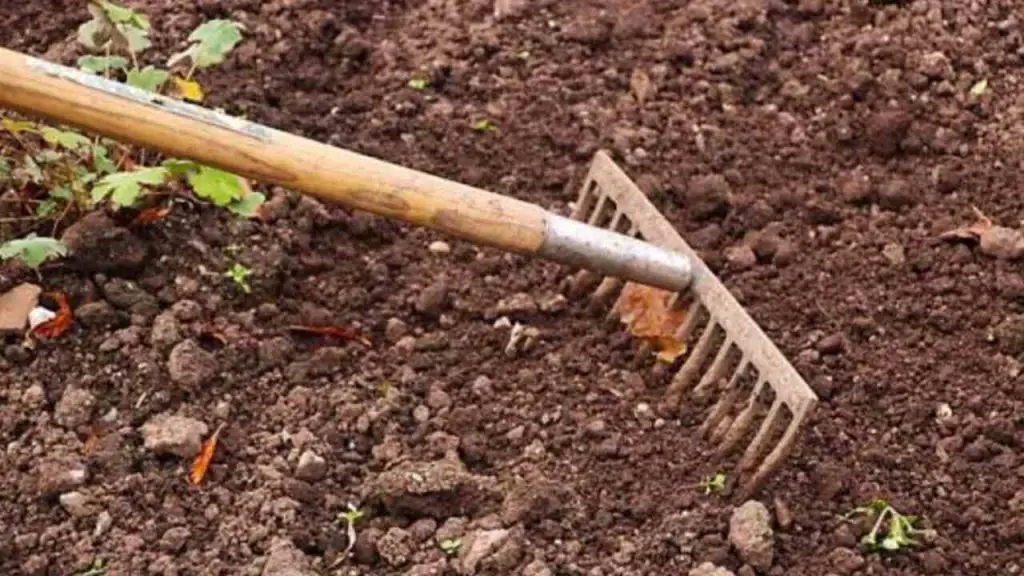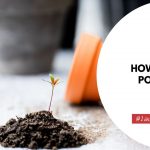Loamy soil is the ideal type of earth for growing any type of plant. It’s well-balanced, rich in nutrients, and has just the right amount of moisture. But how to make loamy soil? Loamy soil isn’t something that you can find naturally.
It’s something that must be made by mixing and blending different types of topsoil in order to achieve a desirable pH level, nutrient content, and moisture content.
Loam soil is also known as mineral soil because it consists almost entirely of minerals. It’s not acidic like most other types of dirt; instead, it has a neutral pH level with a balance between alkaline and acidic elements. With the right knowledge, you can create your own loamy soil at home. Read on to find out how!
How to Make Loamy Soil?

Making loamy soil is a simple process. All you need to do is add different types of soil in different quantities to end up with the perfect soil for your garden plants.
After you’ve tested your soil to see which nutrients it’s deficient in and have decided what type of soil you want to add, it’s time to mix it all together. The best way to make loamy soil is by using a large container and mixing everything together by hand.
How to Test Your Soil Before Mixing?
Before you start mixing your soil, you’ll want to test your soil to find out what you need more of. You can purchase a soil testing kit from your local gardening store. When testing your soil, pay special attention to the pH level. The ideal pH level for loamy soil is between 6.0 and 7.0.
If the pH level is below 6.0, you’ll want to add more alkaline materials to your soil. If it’s above 7.0, you’ll want to add more acidic materials. You’ll also want to test your soil for nitrogen, phosphorus, and potassium. You’ll want to add more of these nutrients to your soil if they’re below the recommended levels.
Ingredients for Making Loamy Soil
There are plenty of different types of soil you can use to make loamy soil, but the best combination is dark, mounding mud, coarse sand, and crushed rocks. You can also add leaf matter, compost, and organic matter to help the soil stay fluffy and porous.
- Dark, mounding mud – This type of soil is usually found in bogs and swamps. It can be difficult to find, but it’s worth it. It’s rich in nutrients and beneficial bacteria that will help your other soil ingredients thrive.
- Coarse sand – If your soil is too alkaline, adding coarse sand can help balance it out. It’s also a great source of silica, which plants need to grow healthy roots and stems.
- Crushed rocks – Adding crushed rocks to your soil will help it retain moisture and make it more porous. It’s also a great source of minerals that your plants need to grow.
- Leaf matter – Adding leaf matter to your soil will help it stay loose and porous, which is great for root growth. It also provides your soil with lots of nutrients.
- Compost – Compost is rich in nutrients and can help balance out pH levels in your soil. It’s a great addition to loamy soil because it adds lots of organic matter without changing the soil’s texture.
- Organic matter – Adding organic matter to your soil is a good way to introduce beneficial bacteria that can improve your soil’s texture and structure. It’s also a great source of nutrients for your plants.
Step 1: Add Dark Mounding Mud
The most important ingredient in loamy soil is mounding mud. It’s very dark in color, almost black, and has a rich, earthy smell. Adding mounding mud to your soil will drastically improve its overall quality.
Mounding mud is an excellent source of minerals and nutrients that help other ingredients thrive. It has a very high level of carbon, which is what makes it so rich in nutrients.
Mounding mud is also full of beneficial bacteria that help improve your soil’s texture and structure. It’s an excellent addition to loamy soil because it has everything loam soil needs to be healthy and rich.
Step 2: Add Coarse Sand and Crushed Rocks
Next, you’ll want to add coarse sand and crushed rocks to your soil. Both of these ingredients will help your soil retain moisture and make it more porous. They’re also great sources of minerals and nutrients.
Coarse sand is a great addition to loamy soil, but you don’t want to add too much of it because it can make your soil too alkaline. You can add crushed rocks to your soil in whatever quantity you like. They’re a great source of minerals, and they won’t change your soil’s pH level.
Step 3: Add Leaf Matter and Compost
You can’t have loamy soil without some leaf matter. Leaf matter is a great source of nutrients and organic matter, so it’s an essential part of loamy soil. Compost is also a great source of nutrients and organic matter.
It also has beneficial bacteria that can improve your soil’s texture. Urban and garden compost both work well for loamy soil. If you can, choose a type of compost that hasn’t been treated with chemicals.
Step 4: Mix in the Organic Matter and Worm Castings
Loamy soil is almost complete, but it’s missing two things: organic matter and worm castings. Both of these ingredients will help your soil retain moisture and provide it with lots of nutrients.
You can add as much or as little organic matter as you want. It’s a great way to introduce beneficial bacteria to your soil. Worm castings are the final ingredient your loamy soil needs. They’re rich in minerals, enzymes, and beneficial bacteria that will help your soil stay healthy and productive.
Conclusion
Loamy soil is the perfect mixture. It is dark in color, rich in nutrients, and has an earthy smell. It’s easy to work with, and it doesn’t stick to your hands. All you have to do is add different types of soil in different quantities. Once you have the right ingredients, you can mix them together to create the ideal soil for your garden plants.
Now that you know how to make loamy soil, it’s time to get started. Remember, you’re not limited to the ingredients we’ve listed here. You can experiment with different types of soil to find a recipe that works best for you.
Additional Contents


